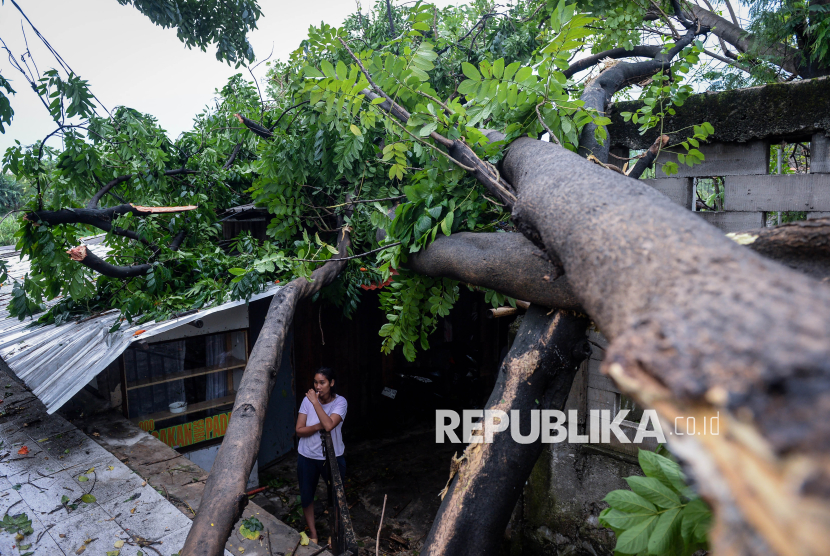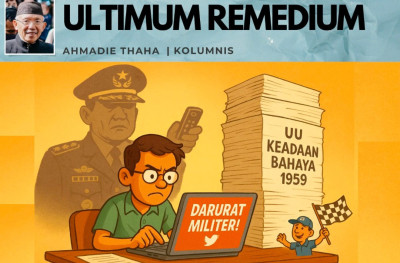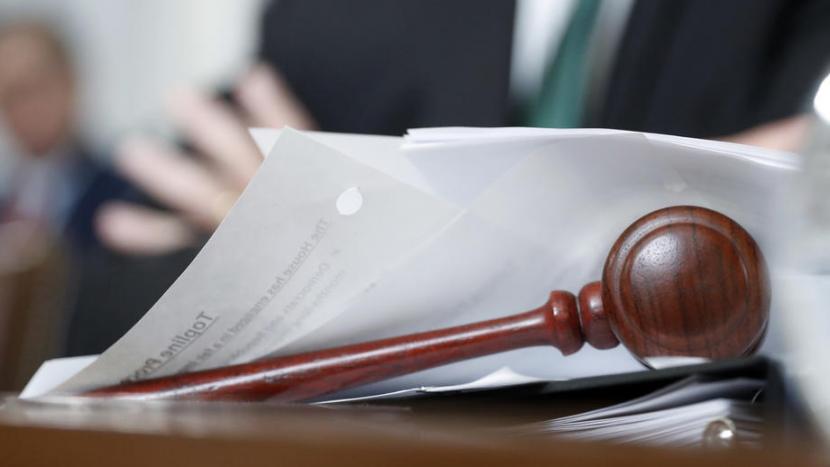REPUBLIKA.CO.ID, JAKARTA -- The Indonesian National Committee for Sharia Economics and Finance (KNEKS) reported that Indonesia’s total sharia financial assets had surpassed IDR 12.072 trillion as of August 2025, representing an annual increase of 19.8 percent.
This growth rate is significantly higher than that of the national financial sector overall, which expanded by only around 7.6 percent in the same period. The figure indicates that the sharia economy is taking on a more dominant role and is increasingly capable of driving the country’s economic performance.
Tidak ada kode iklan yang tersedia.KNEKS Director of Sharia Ecosystem Infrastructure, Sutan Emir Hidayat, explained that these findings counter the perception that the sharia economy contributes only marginally.
“If we look at the data comprehensively, the market share of sharia finance has reached 30 percent of total national financial assets. This is much higher than the often-cited figure of 11 percent,” Emir stated at a media gathering in Surabaya, East Java, on Tuesday (4/11/2025).
He noted that many previous assessments relied solely on Financial Services Authority (OJK) data, which only covers institutions under its supervision. In reality, Indonesia’s sharia assets also include those in capital markets, sharia cooperatives, BPJS Ketenagakerjaan’s sharia services, and hajj funds managed by BPKH.
“Our population is largely unbankable, and many rely on non-bank institutions, including sharia cooperatives. That represents a substantial asset base that should not be ignored,” he added.
In terms of financing, the distribution of sharia funding to MSMEs reached IDR 163.86 trillion as of June 2025, reflecting annual growth of 3.85 percent. Meanwhile, the collection of zakat, infaq, and alms during the first half of 2025 amounted to IDR 26.99 trillion, and the total accumulated value of waqf money exceeded IDR 3.03 trillion as of June 2025.
Beyond financial services, the halal value chain (HVC) contributed 26.73 percent to national GDP in the second quarter of 2025, up from 25.83 percent in the previous quarter. The increase was driven by the agricultural sector (13.25 percent), the halal food and beverage industry (6.73 percent), and Muslim-friendly tourism (5.6 percent).
“HVC is our real economic engine, and the data continues to show upward movement,” Emir said.
The acceleration of halal certification has also strengthened the halal industry’s performance. By September 2025, 2.8 million halal certificates had been issued for the year, bringing the total number of certified halal products to 9.6 million. The government aims to reach 10 million certified products by 2025.
To further support the global halal ecosystem, the government has launched the Kampung Haji program as a supply chain hub for Hajj and Umrah pilgrims from around the world. “This is not just about pilgrimage services, it is a halal export strategy based on the needs of the global Muslim community,” Emir explained.
Despite the positive momentum, Emir emphasized that challenges in expanding sharia inclusion remain significant. The sharia financial literacy rate stands at 43.42 percent, while the inclusion rate is only 13.41 percent.
“We need more accessible and competitive product innovations so that the sharia economy can benefit all segments of society,” he stressed.
KNEKS is also promoting the acceleration of the legal framework for Indonesia’s Sharia Economic Master Plan 2025–2029 and the discussion of the Sharia Economy Bill to ensure that future development is sustainable and well-coordinated.

 3 hours ago
2
3 hours ago
2
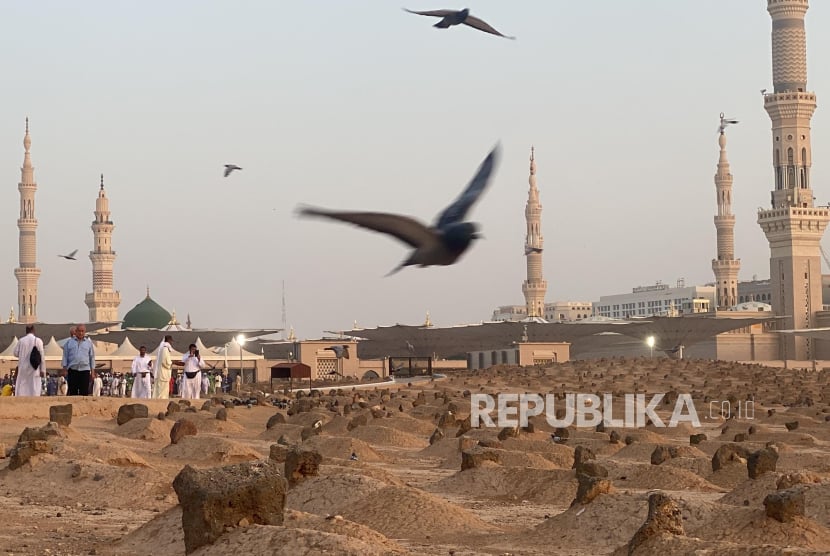
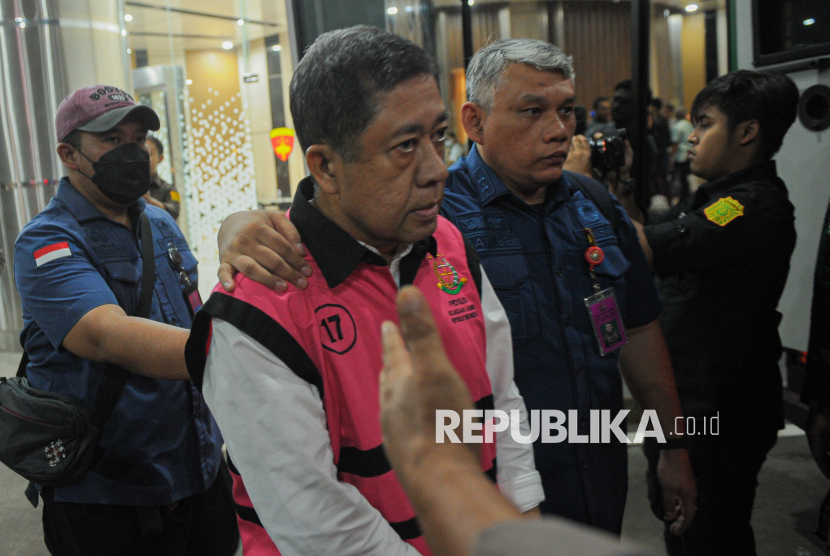

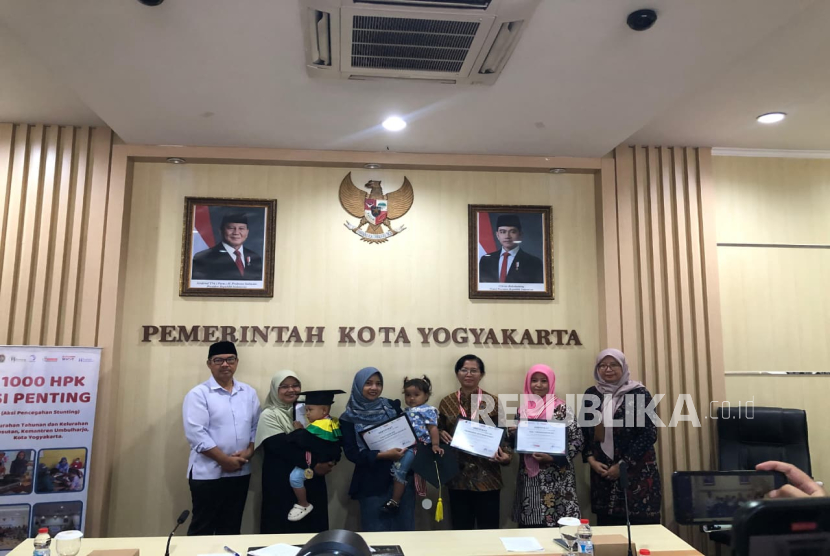


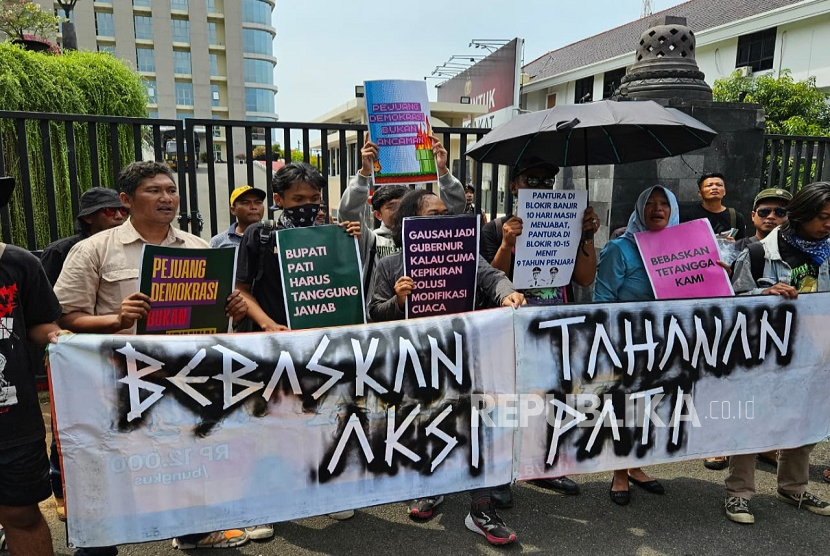



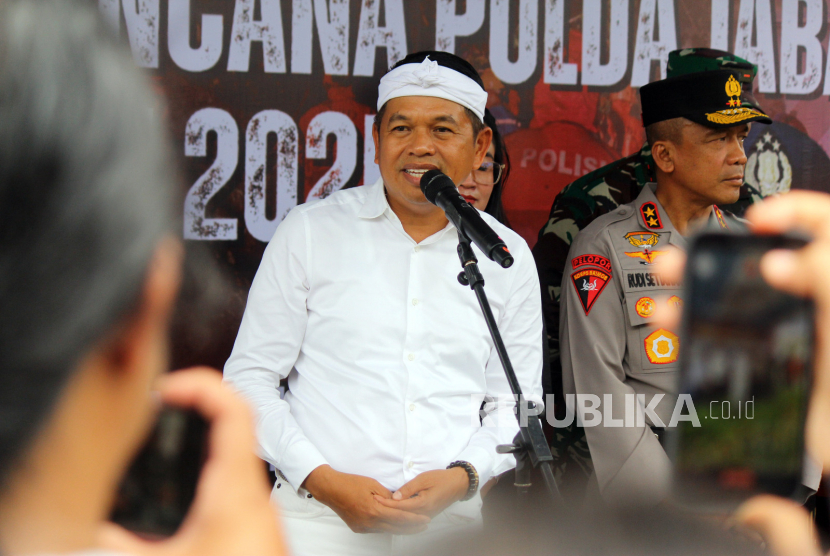





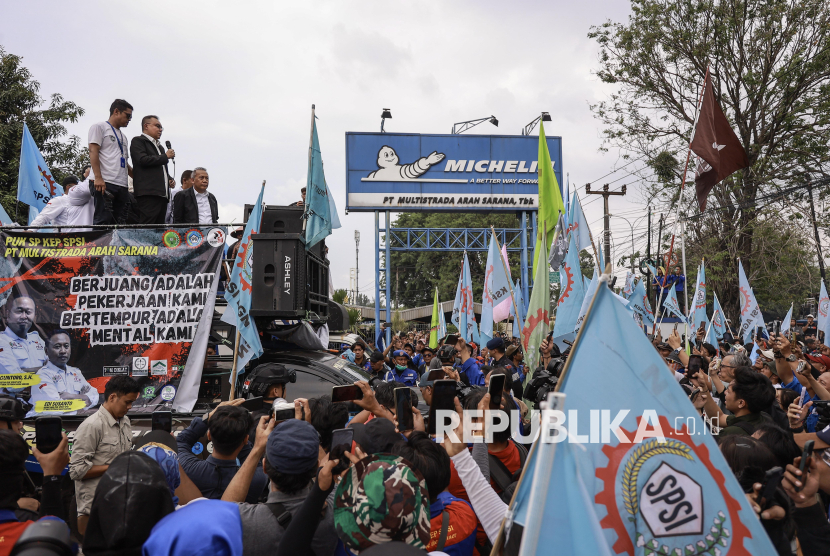

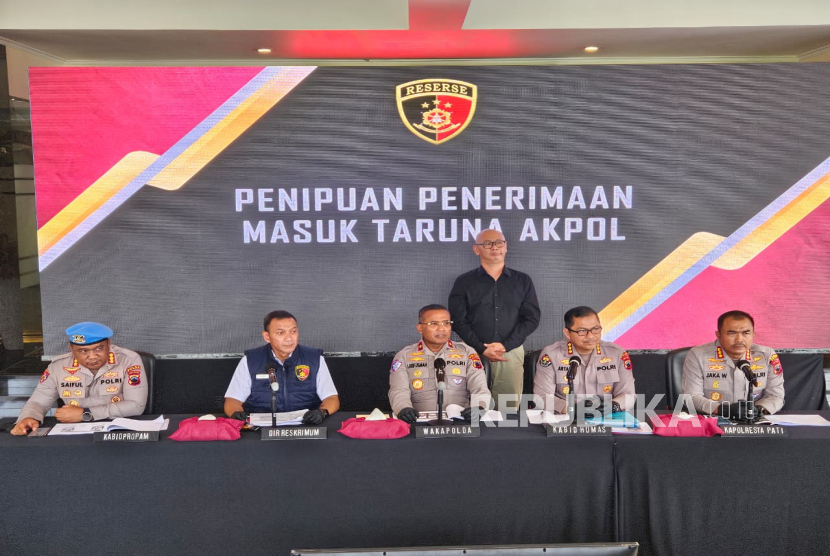











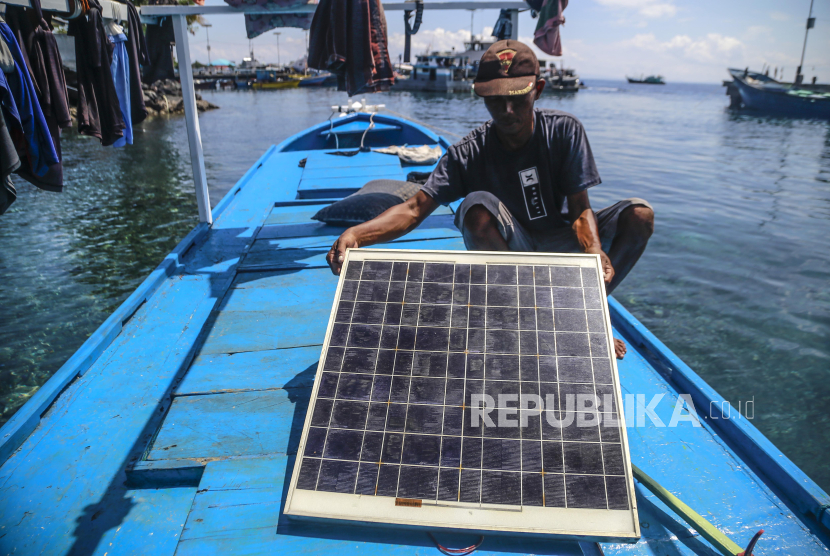
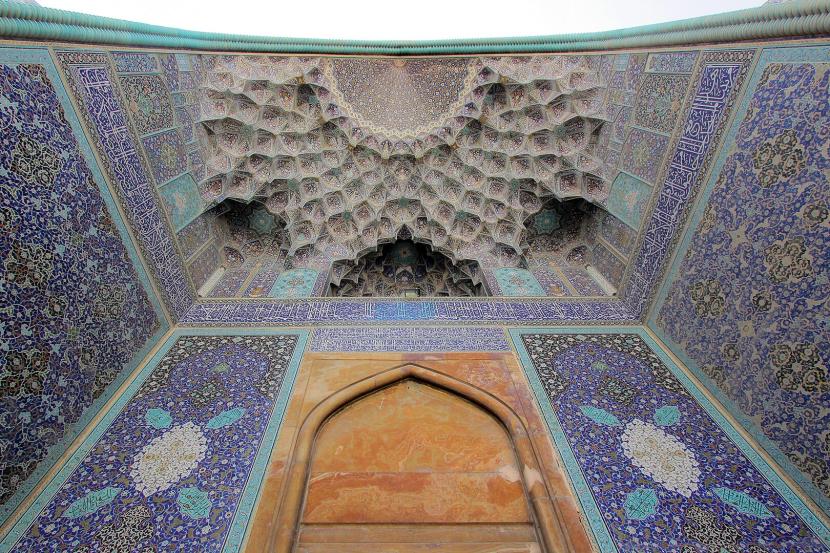

:strip_icc():format(jpeg)/kly-media-production/medias/5016061/original/098910800_1732180738-IMG-20241121-WA0027.jpg)
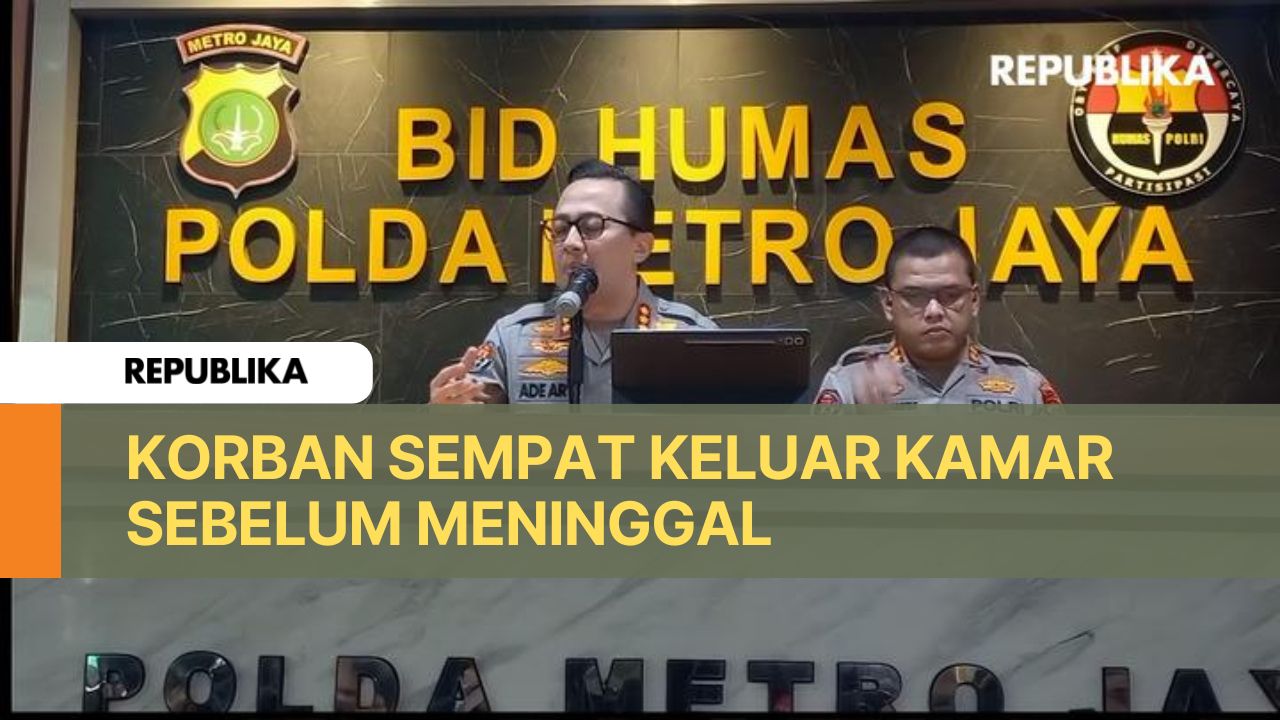
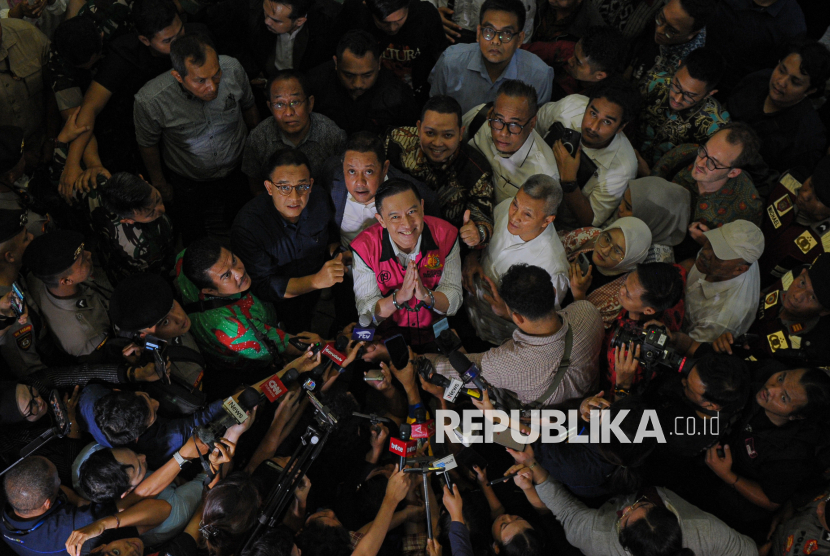
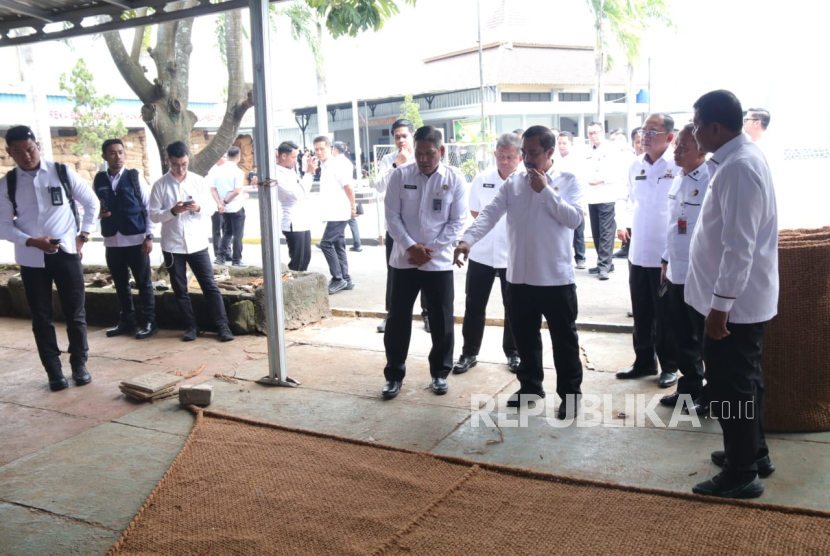
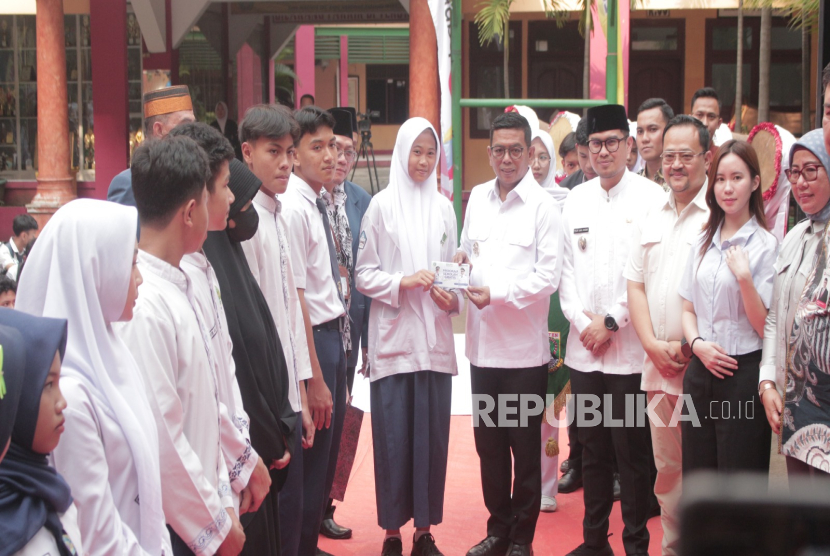
:strip_icc():format(jpeg)/kly-media-production/medias/5279254/original/067751900_1752132134-Kerak_Telor_JFK_2025.jpeg)
:strip_icc():format(jpeg)/kly-media-production/medias/5280345/original/085190400_1752221910-pexels-towfiqu-barbhuiya-3440682-26707585.jpg)
:strip_icc():format(jpeg)/kly-media-production/medias/5344879/original/037827700_1757495713-Kota_Semarang.jpg)
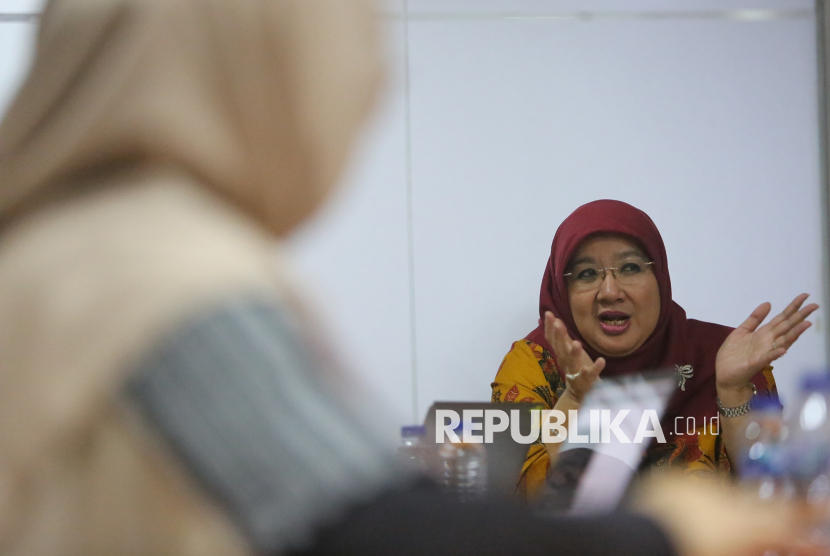
:strip_icc():format(jpeg)/kly-media-production/medias/5287472/original/029625300_1752824318-Media_Gathering_UFS_Future_Menu_2025__8_.JPG)
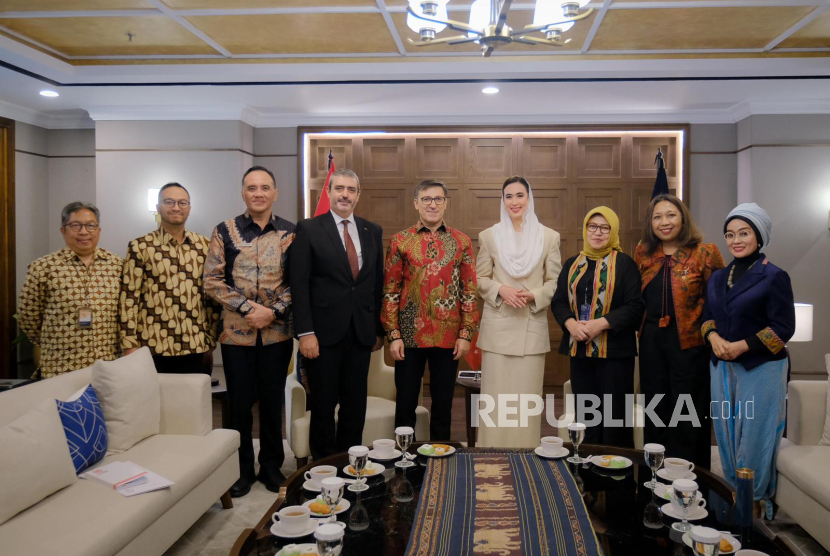
:strip_icc():format(jpeg)/kly-media-production/medias/5280821/original/002199600_1752287018-0E6A2474-01.jpeg)
:strip_icc():format(jpeg)/kly-media-production/medias/5005646/original/001862500_1731587965-Screenshot_2024-11-07_201311.jpg)

